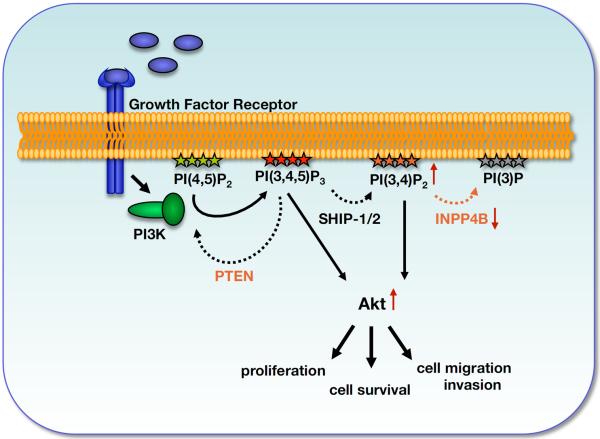Figure 1. A model indicating the roles of PTEN and INPP4B in regulation of signaling downstream of Class I PI3Ks.
Upon stimulation of Class 1 PI3Ks two major phospholipid pools are generated: PI(3,4,5)P3 and PI(3,4)P2. PTEN hydrolyzes the 3′-phosphate of PI(3,4,5)P3 to terminate PI3K signaling. However, SHIP family members hydrolyze the 5′-phosphate of PI(3,4,5)P3 to generate PI(3,4)P2, which, like PI(3,4,5)P3, can facilitate PDK1-dependent phosphorylation and activation of AKT. INPP4B converts PI(3,4)P2 to PI(3)P. Loss of PTEN or loss of INPP4B results in prolonged activation of Akt, and subsequently in increased cell proliferation, cell migration and invasion.

